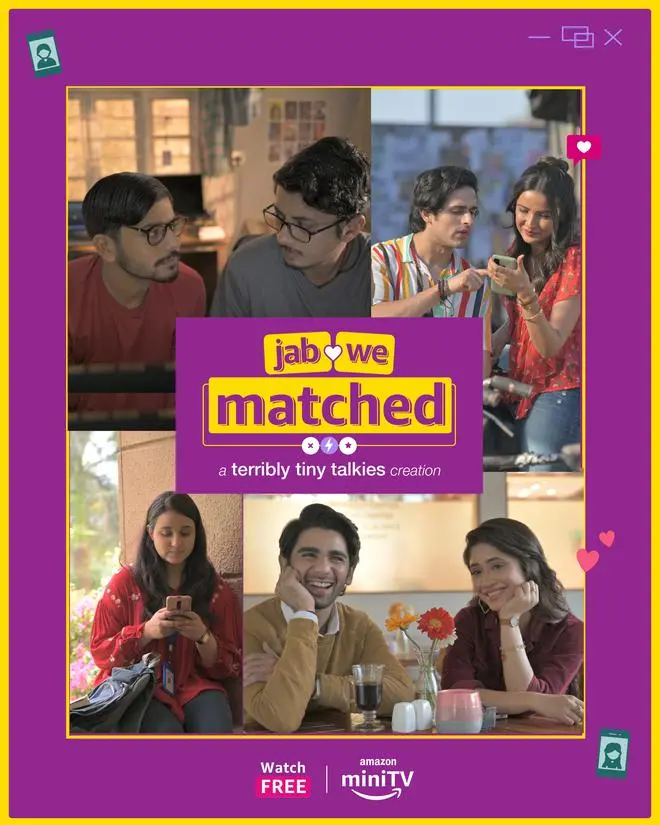It started tiny. Just like the size of its stories. Anuj Gosalia never dreamt that Terribly Tiny Tales, the storytelling platform with tweet size stories would one day become a big booming brand on its own. In an age of content overdose, how does TTT stand out from the clutter — it’s a story worth telling.
- Also read: Content creation at scale
The beginnings
Anuj Gosalia liked to share his writings on Facebook and Instagram. It was 2013 and the platforms were growing. The long pieces he sometimes wrote had very little engagement. So, it was time to adapt to a new strategy.
“I designed a black background and white text. I crunched a large thing that I was writing on FB notes and took the heart of the insight into this format. It was literally tweet size stories but on Facebook,” he says.
Thus was born the “quintessential design of Terribly Tiny Tales”.

Anuj Gosalia, CEO, Terribly Tiny Tales
Back then, Gosalia had no idea that this would eventually lead him to create one of the most popular social media communities for writers and readers. Today, TTT has a weekly reach of over 25 million and employs over 50 people.
“I didn’t have any business model,” Gosalia recalls. “I thought I could only make a book with TTT”.
But he has delivered more than that; TTT’s primary business model is to create and distribute high-quality content from static posts on Instagram to massive web shows on YouTube. The platform just released a drama show ‘Jab We Matched’ on Amazon Mini TV, directed by Srinivas Sunderrajan, which explores the world of dating apps.
“We have collaborated with brands such as Unilever, Netflix, Amazon, Meta, etc. creating branded content that resonates with our audiences,” says Gosalia.
Micro fiction and the pivot
A regular follower of TTT knows that most of its posts are under 100 words. The team applies the same principle of ‘less is more’ with Reels too; it produces animated videos under a minute.
As TTT grew, Gosalia wondered if the power of short writing could be replicated on screen. “We asked, ‘just like 140 characters, can we also do 140 second films?’ This led to the birth of short films,” he says. “We kind of pioneered the surge of short films on YouTube with films like Khujli or Kheer and brought in incredible filmmakers like Amit V Masurkar.”

The success gave them confidence to create tiny stories in any format.
The age of AI
In an age when content is being disrupted by artificial intelligence, how does it impact a storytelling platform?
Gosalia is of the view that writers should embrace tools like ChatGPT. “These are tools which will increase the productivity of a writer and offer great ideas. They will soon become a part of our daily workflows,” he says. “If you’re stuck with a sentence and you want it to be written in five different ways, then you can throw in ChatGPT.”
He points out tools like Grammarly or Hemingway which have played a key role for writers to edit or rephrase. “We should embrace it. However, I’m also aware that certain writing roles that require reorganising content or curating from Google are facing a 100 per cent threat.”

TTT’s Facebook page
In platform thy trust
TTT has built a strong reputation among its peers for its short but impactful content. Certainly, there are lessons to learn. Gosalia advises brands to “deeply understand what social media platforms want”. “If Instagram wants reels, then give them reels,” he says. “At TTT, we were quick to adapt to new trends which helped us grow.”
He also recommends getting feedback regularly . “Embrace audience data. Ask them which content they enjoyed.” Finally, Gosalia says to be open with “the idea of putting your face out”. “We’re increasingly in a world where people want to connect with creators.”
So, what’s next for TTT? Gosalia says it is creating four shows with OTT partners and a bunch of original IPs, which will have “some of the world’s biggest brands to power them”.
And finally, he’s excited about the TTT Academy, its “ed-tech vertical that enables upskilling for India’s large and untapped pool of creative talent”. “It has over 5,000 people and we add 400-500 people every month,” says Gosalia.
- Also read: The desi space of content creation






Comments
Comments have to be in English, and in full sentences. They cannot be abusive or personal. Please abide by our community guidelines for posting your comments.
We have migrated to a new commenting platform. If you are already a registered user of TheHindu Businessline and logged in, you may continue to engage with our articles. If you do not have an account please register and login to post comments. Users can access their older comments by logging into their accounts on Vuukle.